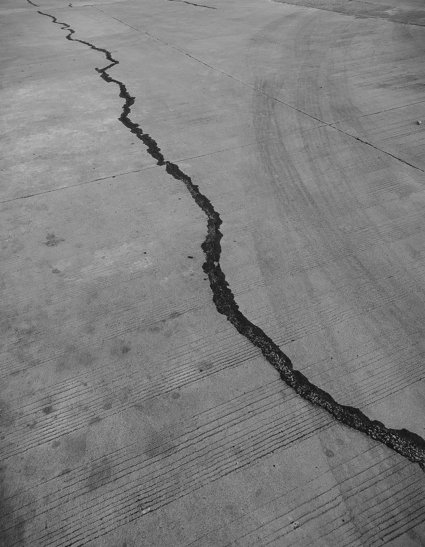
Lesson one
Aims
-
Can satellite imagery give clues to the type of damage suffered by Christchurch as a result of the earthquake?
-
How has the city been categorised for redevelopment?
Resources
-
What if plenary tasksheet
-
Photo analysis task
-
Earthquakes fact sheet
Starter
Imagine you are observing the scene presented in the photo analysis task sheet photograph. Use the questions provided to analyse your feelings towards the photograph.
-
Describe exactly what you can see in the photo
-
What might the people in the photo be thinking or feeling?
-
What is the relationship between the people and the place?
-
What questions would you like to ask about this image?
-
How do you respond to this image?
-
What is it about the image that makes you feel like this?
Main Activity
Task one
Using the satellite imagery taken on February 24 2011 (two days after the Christchurch Earthquake) you will explore the city of Christchurch and make a note of the type and location of damage that is evident within the city. Explore the city.
Key areas of the city to explore are:
-
Christchurch Cathedral, located within Cathedral Square
-
Large Buildings on Cambridge Terrace
-
Buildings and parking areas at the junction of Gloucester Street and Madras Street
-
Buildings at the junction of Lichfield Street and High Street
-
The river corridor running through the city in a generally north-easterly direction
Questions to consider:
-
Is there evidence to suggest that some parts of the city experienced greater damage than others? Why might this be?
-
Is there evidence of different types of damage in contrasting parts of the city? You might like to contrast the city centre with the river corridor
Task two
Following the February 22 2011 earthquake the city was divided into a number of zones depending upon their potential for redevelopment. The process of zoning has now been completed and residential properties have now been classified as being within either the ‘Red Zone’ or the ‘Green Zone’.
The ‘Green Zone’ areas are generally considered to be suitable for residential construction with immediate effect.
The ‘Red Zone’ areas are those where the land has been so badly damaged by the earthquake that it is unlikely that it can be rebuilt on for a prolonged period of time and the success of future engineering solutions cannot be guaranteed in these areas due to the ongoing seismic risk.
Study the land zone map of Christchurch.
-
What do you notice about the location of the ‘Red Zone’ properties?
-
Is there a link between the satellite imagery taken on February 24 2011 and the zoning map?
Read a news article about life in the Red Zone.
Plenary
What If? Exercise
Read the Christchurch Earthquake factsheet and then extend the spider diagram in the what if? plenary tasksheet to explain whether the consequences of the earthquake would have been different under the scenarios posed.
